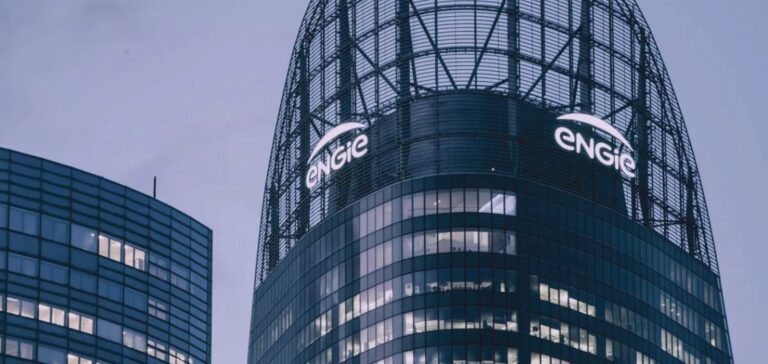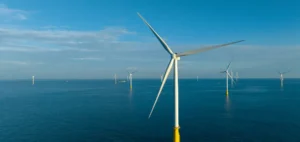In 2024, Engie recorded outstanding performance in the renewable energy sector, adding 4.2 gigawatts (GW) of new capacity, bringing its total installed capacity to 46 GW. This growth was supported by favourable hydrological conditions in France and Portugal, as well as the commissioning of new facilities in the United States, Latin America, and Europe.
Financial and operational results
Engie’s operating result (EBIT) excluding nuclear reached €8.9 billion in 2024, a decline of 5.6% from €9.5 billion in 2023. This drop was mainly due to lower gas prices, the impact of an energy tax in France, and a reduction in the use of gas-fired power plants in Europe.
At the same time, the renewable energy sector made a positive contribution, with an EBIT of €2.2 billion, up 7.3% compared to the previous year. This performance was attributed to increased production from hydroelectric, wind, and solar sources.
Revised forecasts for 2025
With these results in hand, Engie has raised its forecasts for 2025. The group now expects EBIT excluding nuclear to be between €8 billion and €9 billion, compared to a previous estimate of €7.9 billion to €8.9 billion. In addition, the recurring net profit is expected to be between €4.4 billion and €5 billion, surpassing the previous range of €3.9 billion to €4.5 billion.
Development of battery storage
Engie has also accelerated its development in the field of battery storage, with over 5 GW in operation and under construction at the end of 2024. This expansion reflects the group’s commitment to strengthening its presence in energy storage solutions to support the energy transition.





















